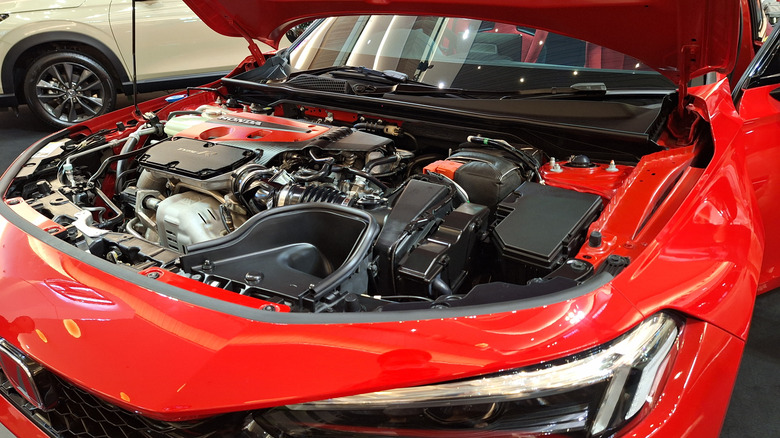What Was The First Engine To Feature Variable Valve Timing & Why Was It Such A Game Changer?
The first production car engine with variable valve timing (VVT) came from Alfa Romeo in 1980. It was installed in the fuel-injected Alfa Romeo Spider. Before this, a few experimental systems existed, but Alfa was the first to get it into real-world customers' hands. The system used a variator to adjust timing on the intake valves.
This wasn't a minor tweak. Until then, engines were stuck with fixed cam timing, which meant compromises. Alfa's system changed that by giving the engine flexibility; aggressive timing when you needed speed, and relaxed timing when you wanted smooth cruising. It's certainly one of the most important discoveries that changed the automotive industry forever.
Alfa's VVT setup didn't offer infinite adjustment like modern systems, but it marked a major leap in engine tuning without resorting to complex or bulky mechanical add-ons. This innovation also made the Spider 2000 a hit in the US and one of the best Alfa Romeo cars of all time.
Why variable valve timing changed everything for engines
Variable valve timing fundamentally rewrote how engineers approached engine design. Instead of locking in a one-size-fits-all camshaft, they could now adjust performance on the fly. That gave cars better fuel efficiency without sacrificing horsepower, and vice versa. It allowed manufacturers to build engines that could idle smoothly at low speeds but roar to life at high RPMs.
The core problem VVT solved was airflow management; by opening and closing valves precisely when needed based on conditions, it improved torque curves, throttle response, and emissions all at once.
It also set the stage for more advanced technologies. Without VVT, modern innovations like direct injection and turbo downsizing wouldn't have been nearly as effective. Today's cars depend on complex engine management systems that constantly tweak valve timing, lift, and duration to meet strict emissions rules and deliver strong performance. Alfa's simple 1980 setup was the first domino that knocked all the others down.
How VVT evolved after Alfa Romeo's first step
After Alfa Romeo made VVT real for production cars, the floodgates opened. Honda pushed the idea further with VTEC in 1989, allowing engines to switch between completely different cam profiles. Porsche followed with VarioCam in 2001, adding continuous camshaft phase adjustment instead of just switching between two modes.
Systems also started getting smarter. Instead of relying purely on mechanical systems, automakers started researching hydraulics and electromagnetic control. By the late 1990s, companies like BMW with VANOS and Toyota with VVT-i (which is a little different than Honda's VTEC) showed how continuous valve timing across a wide range could deliver peak performance and clean emissions.
These systems help cars hit aggressive performance targets while still passing emissions tests and delivering real-world MPG that wasn't even imaginable in the 1980s. It all traces back to Alfa Romeo's early commitment: a small mechanical system that gave the humble internal combustion engine a flexible new life.


